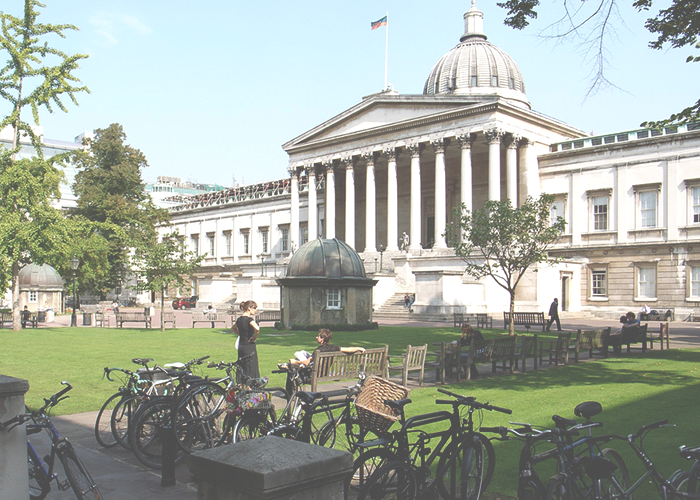Everything I Learned From Four Years In The Public Service Loan Forgiveness Program
I am an attorney with a very large amount of law school debt. I work for a public service organization, and I’m using the Public Service Loan Forgiveness program (PSLF). The ins and outs of PSLF can be confusing at times, but after maneuvering it for the last four years, I’ve learned a couple of things that might make using this program easier for those of you who want to take advantage. Today, I’m going to take you through the program in as easy a way to understand as possible. So get ready, we’re diving it!
Here are the basics that you need to know. Your loans have to be consolidated into one Federal Direct Loan, held by the Department of Education, and that loan cannot have been in default at any point; if it has been, you’ll need to rehabilitate the loan before you can qualify for PSLF. If your loans are not consolidated, you can apply to do so here; the process will take between 60-90 days. You then have to get enrolled under a qualifying repayment plan, from which there are several to choose, and you can apply for any of those repayment plans at the same time you apply for consolidation. Lastly, you have to make 120 on-time qualifying payments. Qualifying means you’re working in public service when you make them, it’s under one of the specified repayment plans, and it’s for the full amount required under your repayment plan. These 120 payments don’t have to be consecutive, though; if you leave public service for a couple of years then go back, you can just pick up where you left off. There’s no limit on the amount of time you can be away from public service before returning and resuming your payments under PSLF.
Strategically, there are a couple of things to remember about PSLF. If you qualify (and most people in public service jobs will since their debt-to-income ratio will be high), you’ll need to get on one of the income-tied repayment plans – either income based, income contingent, or pay as you earn. This is how you’ll get a portion of your debt forgiven. If you are making the full payment every month under a standard repayment plan, which is typically a ten-year plan, you’ll have already paid off your balance by the time you’d qualify for forgiveness.
Also you want to “re-up” on your public service certification regularly. I send in the “Employment Certification Form” annually, because I want a paper record for each year I’m in public service. This will make it easier when, come six years from now, I apply to have my loans forgiven. They can just pull my file and see 10 years’ worth of certification forms demonstrating that I was working in public service, and I won’t have to go to HR to ask them to help me fill in the gaps (which would suck). This is really important if you end up switching jobs over those 10 years. What’s also important, as anyone who’s dealt with student loans will tell you, is avoiding additional paperwork and hassle in an already overloaded bureaucratic system. Keeping records yourself and constantly sending in these certifications is a big help in avoiding clogged bureaucracy.
I also recommend enrolling in their automatic debit plan. This will ensure that your payments are on time every month, as being even one day late will render that particular month’s payment void for purposes of calculating your 120 qualifying payments (I learned that lesson the hard way – curse you Cinco de Mayo hangover of 2012!) Mentally, I find it helpful because it just comes out of my bank account automatically, and I can ignore it and just pretend I’m debt free and that payment is for my mortgage for my swanky condo.
Once you’ve hit 120 qualifying payments, you can apply to the Department of Education for loan forgiveness. However, since the program wasn’t created until 2007 and it requires ten years’ worth of payments, the earliest a loan will be forgiven under this program is 2017, so we don’t yet know how that process will work or how long it will take to actually have your debt forgiven. I’ve spoken to representatives from the Department of Education, and they are currently working on creating the forms and ironing out the process they will use.
It wouldn’t be student loans if there weren’t some tricky details. This is kind of buried in their information, but you have to be working in public service at the time you request and receive the loan forgiveness. So once you hit 120 qualifying payments, don’t go quitting your job and then applying for forgiveness, because you’ll be denied. This is important for someone who plans to move to the private sector after putting in their 10 years in public service – make sure you’ve applied for and received the forgiveness before you move on!
The forgiven balance is not taxable. People tend to get confused about that point. Under other programs it is, such as an income-based repayment plan that is not tied to public service, but not under PSLF. As far as filing your taxes go, there should be few, if any, implications, other than perhaps claiming a lesser student loan interest deduction for the year in which you receive forgiveness.
Perhaps most important to remember if you’re hoping to take advantage of this program now or in the future: PSLF may be in jeopardy. The House Republicans recently proposed budget removes this program altogether, and even Obama’s budget proposes to limit the amount that can be forgiven to $57,000, though experts are hopeful that those currently enrolled in the program won’t be affected and can be grandfathered into any program with a cap.
Now, neither of those budget proposals are official, mostly just political displays, but for a lot of students (especially those with higher education debt), $57,000 is just a drop in the bucket when it comes to their student loans. If at the end of ten years I can only get $57,000 of my debt forgiven, I would be better off just going back to the private sector making three times what I make now, and repay it all under the ten-year standard repayment plan.
There’s going to need to be some political movement in order to keep this program in its current form. My hope is that more people working in public service start utilizing this program; the more people who do, the harder it will be for politicians to take it away. PSLF doesn’t get a lot of publicity or press, which is a shame, because this is one of the few true breaks that people with high student debt get. With economists predicting that student debt is the next big financial crisis, and with the federal government in particular having trouble drawing in young talent, we really need to be giving students all the help they can get while incentivizing public service.
More information, along with FAQ’s, can be found here. Also, please feel free to ask questions in the comments section! Finally, here’s a link to a glossary of terms if you need them, which is a super helpful resource!
Jayne is a lawyer who spends her free time doing yoga, traveling, and praying that a hacker group wipes all student loan debt from the planet.
Image via Flickr




